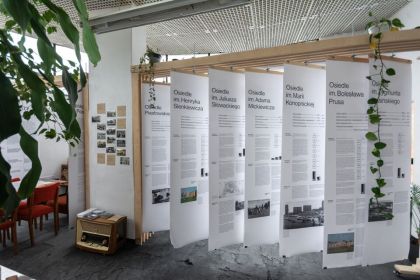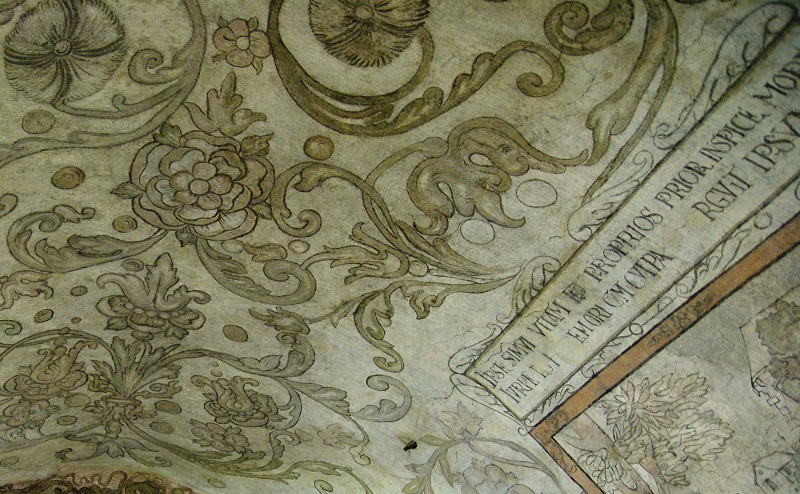Tourist attractions

ul. Narutowicza 620-004 Lublintel. +48 81 525 88 31 w. 28www.pobrygidkowski.kuria.lublin.plpowizytkowski@kuria.lublin.pl ...


The museum is temporarily closed due to a renovation Al. Racławickie 1420-950 Lublin tel. 81 445 40 29www.muzeum.kul.plmuzeum@kul.pl ...

The Museum of Housing Estates was created in 2018 in the Lublin estate LSM (Lublin Housing Cooperative), designed by the architects Zofia and Oskar Hansen. The institution fits in the character of the neighbourhood, for it's located in one of the pavilions by the working market at Wileńska street, a place deeply rooted in consciousness of the inhabitants of the estate and the city. It is them who supply the museum with exhibits and stories. Prior reservation required ul. Wileńska 2120-603 Lublin tel. +48 607 094 104www.mom-lublin.plp.paga@mom-lublin.pl ...

Muzeum Politechniki Lubelskiej prezentuje bogatą historię uczelni oraz jej dorobek techniczny, oferując wystawę stałą „Historia i technika”. Ekspozycja obejmuje ponad 200 urządzeń związanych z pracami badawczo-rozwojowymi, w tym aparaturę z czasów zimnej wojny, pierwsze komputery domowe oraz wynalazki stworzone przez pracowników uczelni. Wstęp do muzeum jest bezpłatny. Muzeum dostępne jest po uprzednim kontakcie telefonicznym, od poniedziałku do piątku w godzinach od 8.00 do 15.00. ...

ul. Radziszewskiego 1120-031 Lublintel. +48 81 537 58 31www..umcs.plmuzeum@umcs.lublin.pl ...

The Botanical Garden, located in a varied area, amongst the piling up natural loess gorges, the Czechówka river meandering between them, and the ponds, is one of the favorite walking places of Lublin residents and tourists. Good soils and a varied microclimate are the right ecological conditions for high biodiversity of plants. ...

The Grodzka Gate in Lublin was also known as the Jewish Gate - it was the conventional border between the Christian city within the walls and the Jewish district. Today it houses the permanent exhibition “Lublin. Memory of the Place”, devoted to the history of the pre-war city and its inhabitants. ...

The Executioner’s Cellar is a place where visitors can see instruments of torture and learn about the stories of the local executioner. In the historic 17th-century cellar, the exhibits can not only be seen but also touched, creating a unique, interactive atmosphere. ...
Page 2 of 3









